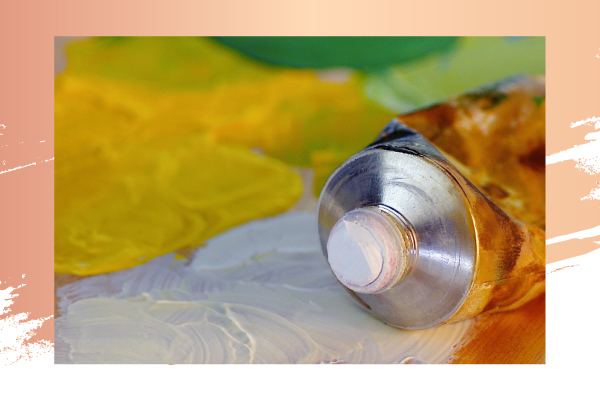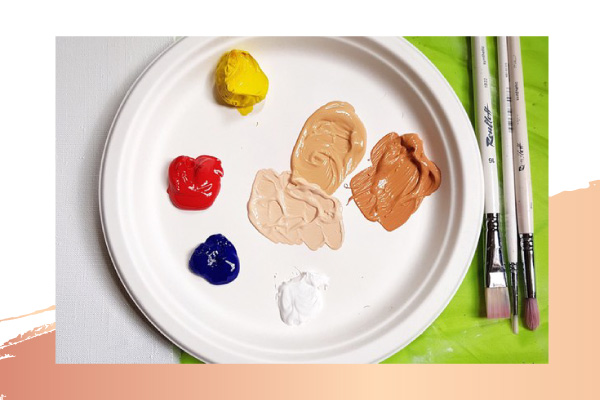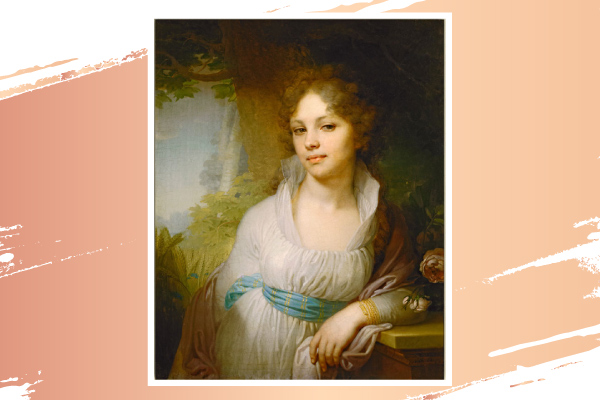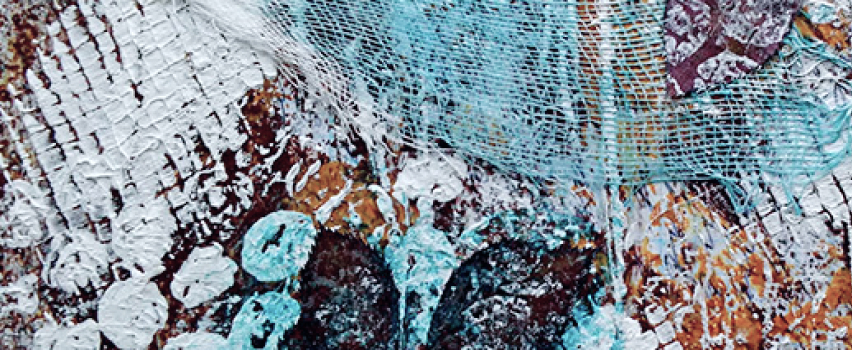
Oil painting allows you to achieve the most realistic image reproduction. However, perhaps throughout the history of oil painting, the question: "How to make a skin color with paints?" worried not only beginners, but also experienced artists. The thing is that there is no single rule for mixing paints to obtain human skin color. Each artist must feel the properties of paint and create his own unique shade, required in a particular case.
Nevertheless, there are general rules for obtaining a skin color in painting, which will help you navigate the issue of choosing colors and their proportions. In this article, we will take a closer look at how to mix paints correctly to get the perfect color of skin when painting the face and body.
General rules for obtaining a skin color

Use white as a base to create any skin tone. First, it is necessary due to the contrast, which is much easier to select with respect to the light spot, rather than vice versa. Secondly, it is always more difficult to brighten this or that part of the picture than to darken it. Moreover, in a bright space, it will be easier to find errors and correct the painting.
It is also worth considering that there are four basic human color types in painting, which are conventionally divided in accordance with the seasons. The shade is of particular importance here, not the color. It is connected with the fact that almost every color has both cold and warm shades. Consider below each of the color types:
winter – bright colors of cold shades;
spring – bright colors of warm shades;
summer – muted colors of cold shades;
autumn – muted colors of warm shades.
In addition, you need to remember that the shade of the body is always darker than the face, and the skin color of women is usually lighter than that of men, even if they are of the same ethnicity.
Color combinations

As mentioned above, it is necessary to start creating human skin color with light shades. To do this, in addition to white, you will need:
- ocher;
- cadmium yellow;
- cadmium red;
- sienna;
- umber.
First, arm yourself with a small amount of whitewash and thinner to dilute it on the palette. Then add ocher, cadmium yellow and red. Use sienna and umber to create the shade you want. Add all paints in small quantities. If the desired shade was not achieved after mixing, then add more colors depending on the desired result.
In addition, we recommend adhering the following rules, which will allow you to convey the realistic smoothness and softness of human skin.
Mix colors on the palette, not on the canvas, so as not to touch other colors.
Use a solvent to blur the clear lines between color levels. However, use it sparingly and in small amounts.
You can achieve realistic and smooth transitions for the most accurate skin tone by following these simple rules.
In addition to the above approach of color mixing, modern theoretical manuals offer the following color mixing combination:
mix yellow and red paints together in proportions of one to six;
add one second part of blue paint to the mixture, as a result a red-brown tint will appear.
then add whitewash in accordance with the required skin tone.
The amount of whitewash is regulated by each artist independently and does not have clear proportions.
Examples of portraits with a perfect complexion

"Portrait of Maria Lopukhina", Vladimir Borovikovsky
To visually see and be inspired by examples of paintings with excellent color reproduction of flesh tones, below we have presented outstanding portraits from the world of painting.
Among the great masters who managed to convey the naturalness of the skin of the face and body, one can single out Karl Bryullov and his artworks "Turkish woman", "Portrait of A.N. Lvov ", Dmitry Levitsky with his "Portrait of A.S. Protasova","Portrait of E.A. Vorontsova"and Vladimir Borovikovsky with the artworks "Portrait of Maria Lopukhina","Portrait of E.V. Rodzianko".
Summary
The versatility of oil paints allows the artist to both paint realistically and create vivid expressive images. One of their advantages is the ability to recreate any skin tone as plausible as possible. However, there is no single rule or proportion for mixing paints. You need to get a feel for the paint and experiment with colors yourself to create the necessary shade in each case.
Nevertheless, aspiring artists can use the general rules for skin color and color combinations outlined in this article to feel free to work with oil paints to depict human skin color.

The earliest work of Leonardo da Vinci
A small painted tile caused quite a stir among the scientists of the art world. This is because some scholars believe that the recently discovered work is Leonardo da Vinci's earliest known work

Interesting facts about painting
Paintings hold the secrets of the creator. Sometimes we manage to solve them, but many of them continue to be riddles, or simply stay unnoticed.












Thank you, your review has been sent successfully.
It will be posted on the site after moderation.